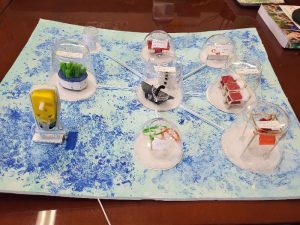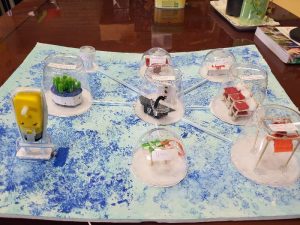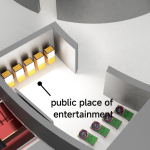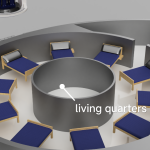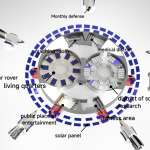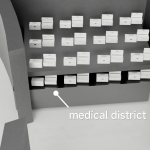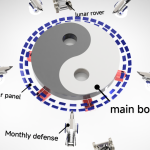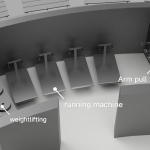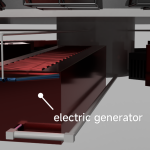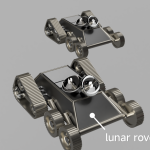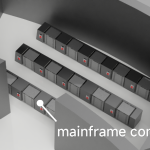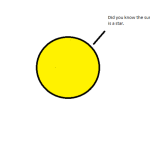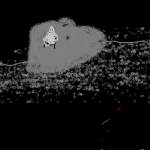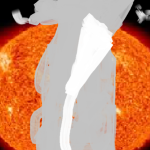Colonizing Europa by Europa Explorers
West Island College Calgary-Alberta Canada 15 years old, 14 years old 3 / 0 English Jupiter’s moons
Project description
Europa is the moon of Jupiter, which is about 715 million kilometers from Earth. It has an average temperature of about negative 142 degrees with a thin atmosphere of oxygen and water vapor. Europa has 13% of Earth’s gravity and no magnetic field of its own. It is primarily made of a thick, icy crust covering a salty ocean, over silicate rock that surrounds the iron-based core of the planet. We will establish our base at the bottom of the ocean. Our base will consist of eight radiation-shielding glass domes connected by tubes made of the same. In terms of steps to colonization, we would bring the needed construction materials from Earth and drill into the ice, using a nuclear reactor as power until our hydroelectric turbines are set up. Our planned base would have an atmosphere with carbon dioxide and oxygen. Since nitrogen is difficult to transport between the earth and our colony, we will use water vapor as a filler. Carbon dioxide can be obtained from pockets in the ice. These pockets have been formed due to earlier volcanic activity on Europa. The carbon dioxide rises to the surface of the water since it is less dense. When the surface of the water froze, this carbon dioxide caused cavities in the ice. Green plants require carbon dioxide and water to produce glucose and oxygen. We can locate water in the subterranean ocean. If the water is saline, we will need to distill the water. The carbonation should not be a problem, as it will naturally separate from the water after a while. The carbonic acid reserves in the ice can be used as an additional source of carbon dioxide and water. Hydrolysis can also be utilized to produce more oxygen. Our base would utilize a combination of passive and active systems. In terms of passive systems, the need for heating and cooling can be reduced with adequate material selection. We would use a mix of resistive heaters, TECs, and heat pumps for active heating and cooling. For pressure control, being under several feet of water and ice should be adequate. We would plan to plant wheat berries, peanuts, spinach, soybeans, cabbage, lettuce, and rice. Once there is sufficient oxygen, we would transition to an aquaponics system. Aquaponics is when you use fish, such as tilapia, to fertilize the soil in which the plants grow. The fish can also be used as a source of food and as a source of protein. Underwater turbines will be located around our colony to generate energy from the currents in the water. The turbines should always be spun, producing a constant energy source. A small nuclear reactor can also be brought along with a supply of uranium. The colonizers would have to maintain strict exercise routines to reduce the effects of muscle and bone atrophy caused by microgravity. We would plan to utilize resistive exercise equipment. For injuries, we would need to bring traditional hospitalization equipment from Earth. For more minor injuries, such as scrapes and cuts, we can synthesize hydrogen peroxide from water and utilize bandages. If we are under several feet of water and ice to protect against particle radiation from Jupiter, we would use an electromagnet. This electromagnet would be made from magnesium diboride. If it is heated to low temperatures, it becomes a superconductor. This magnetic field should be strong enough to prevent the effects of radiation.
#3D Design
Other Projects
Baza kolonialna na Marsie
Habitats in space – Paint designs
stockton – United Kingdom



